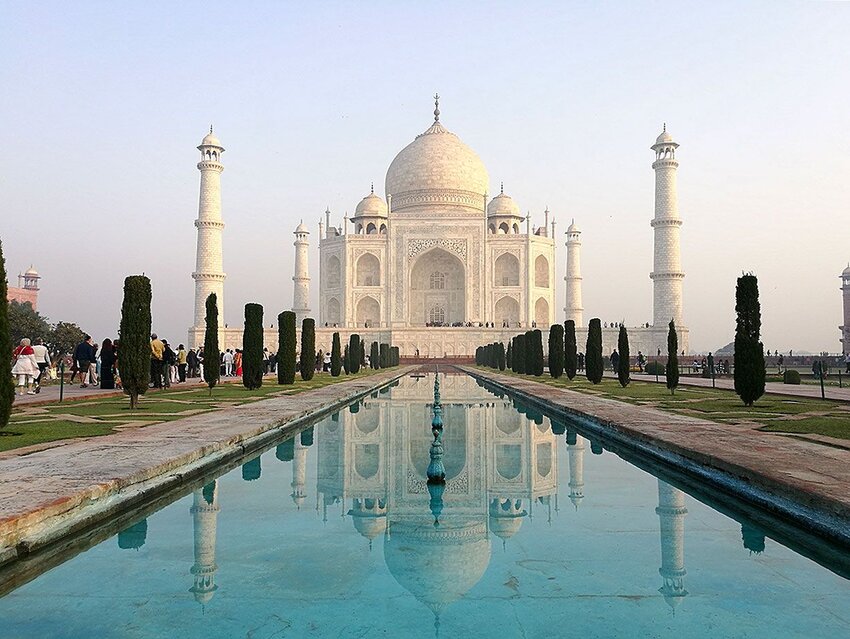The English language has borrowed many words from Hindi and Sanskrit, and quite a few of those loanwords reflect the history of the textile trade. Fabric and fashion words such as “calico,” “pajama,” “gingham,” “dungaree,” “chintz,” and “khaki” come from the popularity of Indian textiles in the pre-Industrial Revolution era. Let’s take a closer look at the history of the style and fabric-related words that come from Hindi and Sanskrit.
Bandana
The word for these large, colorful handkerchiefs first appeared in the English language in 1752. The name comes from the Hindi bandhnu, which is a method of dyeing, from the Sanskrit badhati, which means “binds.” This is likely because the cloth is tied in different places, similar to a modern tie-dye.
Calico
Calico is a printed cotton fabric, but it originally appeared in English in the 1530s as kalyko cloth, meaning “white cotton cloth.” It comes from Calicut (modern name Kozhikode), which is the name of the seaport on the Malabar coast of India where Europeans first found it. The modern American usage referring to printed cotton fabric originated in 1800.
Cashmere
This soft, woolen fabric comes from the old spellings of Kashmir, the Himalayan kingdom that was home to the long-haired goats that provided the wool. “Kashmir” is also used to describe a type of carpet, but this usage dates to 1900, while the goat wool dates back to the late 1700s.
Cummerbund
The word for this sash worn around the waist, usually as part of a tuxedo, first appeared in the English language in the 1610s. It emerged from the Hindi kamarband, meaning “loin band,” that came from the Perisan kamar (“waist”) and band (“something that ties”).
Dungarees
“Dungarees” is an old-fashioned way to refer to blue jeans. An 1897 dictionary entry describes the word as meaning “coarse cotton stuff, generally blue, worn by sailors.” It first appeared in the 1610s as dongerijns, borrowed from the Hindi dungri, meaning “coarse calico.” It’s possibly the name of a village that was in Bombay (now called Mumbai).
Shampoo
While not a fashion word, “shampoo” fits into the beauty category. Today, “shampoo” refers to a liquid cleanser for the hair and can be used as a verb or a noun. When it first appeared in English in 1762, it meant “to massage, rub, and percuss the surface of the body to restore tone and vigor.” It comes from the Hindi champo, meaning “to press, knead the muscles,” which comes from the Sanskrit capayati, meaning “pounds, kneads.” Its usage in relation to cleansing hair emerged in 1866.
Featured image credit: chanwit jarusutham/ Shutterstock

